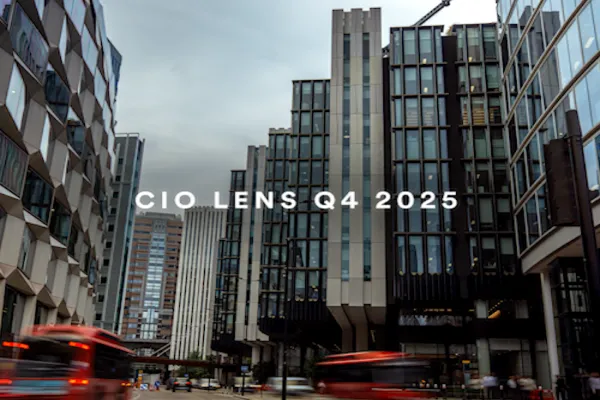Asset managers, investment consultants, and other professionals are constantly trying to better engage institutional investors. For good reason: The group collectively invests trillions of dollars.
There are a lot of ways to do that — but pension funds, endowments, family offices, and other allocators prefer one type of content by far.
Institutional investors overwhelmingly want relatively short, written content, according to research published Tuesday by Coalition Greenwich. Conversations the analytics firm had with 173 allocators found that 79 percent would choose written content above all else, and more than 90 percent favored reports no longer than five pages. The content could be notes from sell-side analysts, briefs from portfolio managers they invest with, or articles by journalists.
Other forms of content were significantly less popular. Just 17 percent of allocators would choose a webinar first, 8 percent would choose a video, and 3 percent a podcast.
More than half the respondents said that they preferred written content that was “less than three pages'' long and 38 percent preferred articles to be three to five pages in length. Five percent wanted to read six to 10 pages and only 1 percent would first choose written content longer than 10 pages. Using “pages” to describe the length of anything written in 2024 has limited value because most of it is consumed digitally. But based on the amount of time that allocators said they were willing to spend with other mediums, their threshold for written content is quite high.
Fifty-three percent of institutional investors said they preferred videos and podcasts to be shorter than 15 minutes long, and 47 percent wanted them to be 15 to 30 minutes. That’s significantly shorter than the time it takes to read most written content. The longer articles written by most journalists — generally 1,000 to 5,000 words — usually take more than 15 minutes to read.
Investors also want written content to include data but it must be high-quality, “robust and unique.” Meeting those expectations is “critical to building the trust of your audience, and when they demand a closer look, allowing for a deep dive into the findings of short, written content,” according to the Coalition Greenwich report.
During the COVID-19 pandemic when allocators, like other professionals, worked remotely, managers boosted their use of webinars, many of which were not produced well. Today, webinars are more engaging, both as live events and replays. “This is where webinars and videos overlap. In many ways, they are one in the same, with only the branding and distribution mechanisms being different in many cases,” the report says.
Some podcasts, such as Ted Seides’ “Capital Allocators,” have a significant audience of institutional investors but the overall level of interest in podcasts is low. Coalition Greenwich says it’s because those investors want to consume investment content when they are at the office and audio-only podcasts are more often listened to in the car, on the train or while exercising.
Investment information has never been more abundant and accessible but allocators still seek out written words before anything else. Any asset manager, consultant or other professional trying to get their attention should prioritize that.
“The takeaway: Don’t sell whitepapers short — but keep them short. Consumption habits are evolving and will continue to, so keeping up with the times is a must. And while content should be short and digestible, it must also be robust and backed up by solid data and analysis. Without data, it’s just another opinion,” Kevin McPartland, head of market structure and technology research at Coalition Greenwich, wrote in the report.







